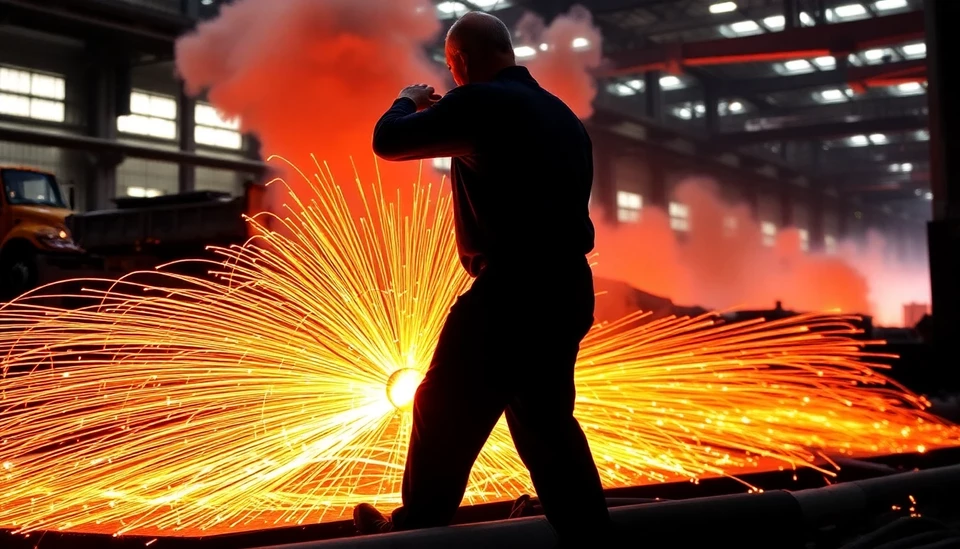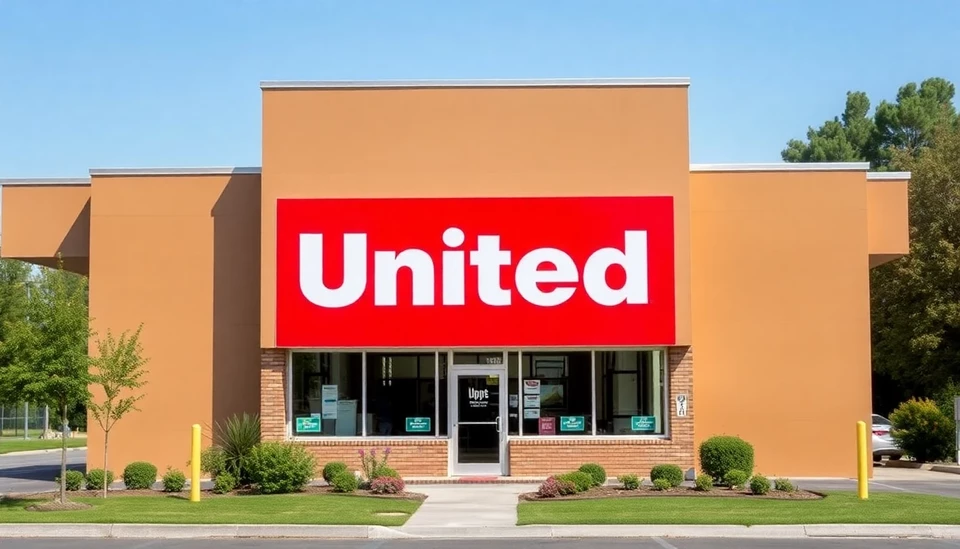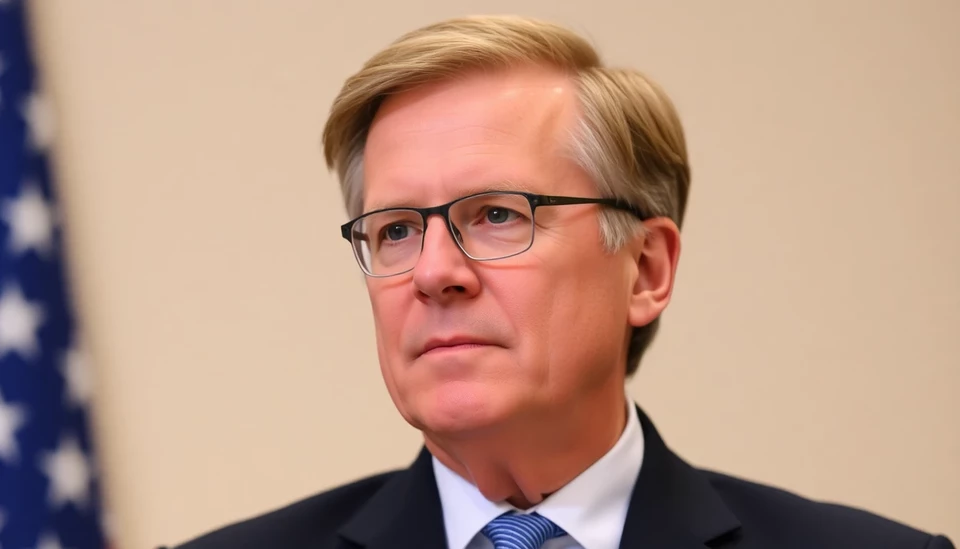
In a bold move reminiscent of his earlier administration, former President Donald Trump has announced the reintroduction of tariffs on steel imports, igniting hopes and fears within the beleaguered American steel industry. The new round of tariffs is intended to provide a lifeline to domestic producers facing stiff competition from cheaper foreign steel, particularly from countries like China and Brazil.
The tariffs, which will impose a significant duty on steel imports, promise to protect American jobs and revive an industry that has struggled in recent years. Proponents of the tariffs argue that insulating local manufacturers from foreign competition will revitalize local economies and foster growth in the sector.
However, not everyone is convinced that these tariffs will lead to a true renaissance of the steel industry. Critics point out that similar measures in the past have not significantly increased production numbers. Instead, they often resulted in higher costs for downstream industries that depend on steel for their operations, such as automotive and construction sectors. The ripple effects of these tariffs could lead to job losses in industries reliant on affordable steel, undermining the intended benefits for American workers.
Moreover, economic analysts warn that a unilateral focus on tariffs may not address the underlying problems facing the American steel industry, such as investment in technology and modernization of production processes. While tariffs may provide temporary relief, they do not substitute for the long-term strategic planning needed to ensure the industry's sustainability in a global market.
As steel prices soar due to these new tariffs, the potential for retaliatory measures from trade partners looms large. Experts suggest that this could provoke international trade tensions, which may escalate into broader economic consequences for both American consumers and manufacturers that rely on imported steel.
The renewed tariffs come at a critical time when the U.S. economy is grappling with inflationary pressures and supply chain disruptions. The effectiveness of Trump's tariffs in navigating these challenges remains uncertain, with industry stakeholders divided on the potential impact.
In response to these developments, labor unions representing steelworkers have expressed cautious optimism, asserting that the tariffs could lead to job preservation and expansion. However, they also emphasize the necessity for comprehensive policy reforms that go beyond tariffs to truly support the steel industry's competitiveness.
As the steel industry braces for the effects of reintroduced tariffs, only time will reveal whether this bold strategy will yield the promised economic revival or exacerbate existing challenges. Stakeholders will be keenly observing the immediate outcomes, weighing the benefits against possible drawbacks.
In what appears to be an echo of the past, Trump's tariff strategy may shape the future landscape of American steel production significantly, making it a topic of heated debate and discussion in both political and economic domains.
As this story continues to evolve, industry watchers, workers, and policymakers alike are left to reconsider the dynamics of trade, employment, and economic growth in the steel sector amid these new developments.
<#>SteelTariffs #DonaldTrump #AmericanSteel #TradePolicies #EconomicRevival #IndustryChallenges #SteelProduction #Jobs #Manufacturing #EconomicImpact
Author: John Harris




